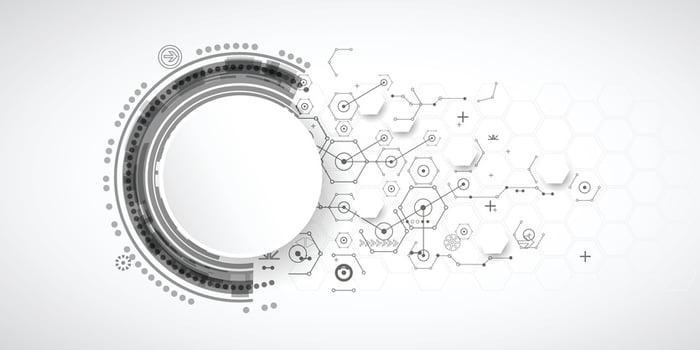The right data architecture can play an important role in determining the success or failure of data governance efforts... If he data architecture complex or poorly integrated, becomes a great hindrance to be able to apply common standards for reliable and secure data delivery across the company.
Photo credits: KruIUA
Data architecture is essential to enable data governance, designing and evangelizing data management architecture to support quality and privacy requirements.
And what is more, This data architecture must be supported by technologies that allow workflows to be managed in a way that supports the discovery procedure., definition, app, measurement and monitoring.
It is essential not to be tempted to choose the tools before having the objectives, the strategy and processes for data governance to be in place.
Data architecture components to consider for comprehensive data governance
To get that data architecture that supports data governance, you need to pay attention to complete life cycle of critical business data. The first step should be to locate what data is and find out where it is. This includes:
- From applications, Traditional transactional and operational systems and processes that are dedicated to importing or updating data, even those who consolidate, deliver and consume data.
- And from applications and platforms supported in the cloud, social data, mobile devices, third party data sources, sensor data and Hadoop analytics environments, to internal infrastructure.
Once you have visibility on this aspect, should focus on assessment and delivery of shared capabilities that should be available throughout the data architecture deal. It is about avoiding compartmentalisation and information silos and making a correct technological choice.
Sometimes investment in platforms will be used, Others will seek to make the most of the design of the data architecture based on existing infrastructure, also taking advantage of the software. In any of the cases it is essential to ensure standardization, reuse and compliance with policies in this type of ecosystem.
Finally, don't forget to make sure certain specific enabling software capabilities, those that improve the effectiveness of data governance and help improve results in terms of information asset management. It's about:
- Data profiling: This type of software makes it possible to better understand the type of data available, its format and the way in which relationships between data from different systems occur.
- Data discovery: makes it possible to identify where anomalies in the data may occur and, at the same time, facilitate the task of knowing the available information that may be more relevant for analysis or decision-making.
- Business glossary: is the instrument that gives context to the data and in which, at the same time of the expected definitions of entities and basic attributes of the data, rules are included, policies and data owners, among others. The business glossary enables collaboration by minimizing the risk of redundancy and conflicts between different versions.
- Metadata management and data lineage: the data architecture You need this support to examine the impact of possible changes to data definitions or to respond to data quality or security flaws..
In conclusion, when seeking to maximize the effectiveness of a data architecture Don't forget to discuss modeling, the quality, master data and its monitoring, or security issues. Every organization must examine where it stands to, from there, advance by making improvements until the infrastructure and its components are confirmed to be aligned with governance.







